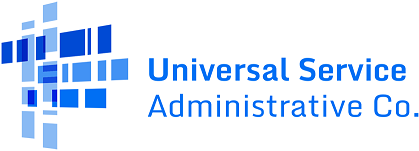How It Works
The High Cost program provides support through more than a dozen separate legacy and modernized funds to eligible telecommunications carriers (ETCs) to deliver affordable voice and broadband service in rural areas that would otherwise be unserved or underserved. The legacy funds support voice service and the modernized funds that make up the Connect America Fund (CAF) program are bringing broadband to rural America.
 Eligible Telecommunications Carriers
Eligible Telecommunications Carriers
State utility commissions must certify that carriers under their jurisdiction are eligible to receive High Cost support in their states and use all support only to provide, maintain, and upgrade the facilities for which the support was intended. Carriers that self-certify (i.e., ETCs not subject to state jurisdiction) must certify that they use all High Cost support only to provide, maintain, and upgrade the facilities for which the support was intended.
 Eligible Areas
Eligible Areas
The FCC designates unserved or underserved rural communities – places where the market alone cannot support the substantial cost of deploying network infrastructure and providing connectivity – as areas eligible for support.

